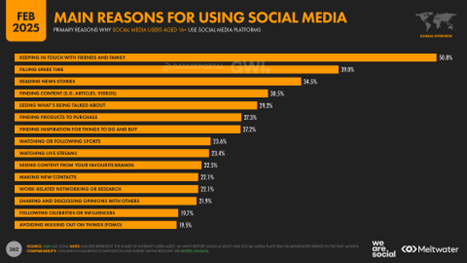Artificial intelligence, also known as AI, is a form of technology that is focused on performing tasks that traditionally require human interaction, such as problem-solving and decision-making. AI evolves through machine learning and neural networks on computers, and it improves its performance over time by performing tasks repeatedly to recognize patterns and outcomes. The rampant development of AI is due to advancements in computing technology and complex algorithms, such as hardware chips made by tech companies like NVIDIA and Intel.
The earliest development period, at least significantly, for artificial intelligence took place in the mid-20th century by Alan Turing, a British mathematician, where he conceptualized a computing machine that stores instructions and symbols through its memory. This machine would be known to this day as the Turing machine, in which all computers in the present use it as a foundation, especially when it comes to storing memory. Turing also had a hand in multiple experiments and concepts that would be tested in the 1940s and 1950s, such as the Turing test, which allows humans to play the role of the interrogator or the foil to distinguish the difference between a computer and a human. Today, AI can be found in many systems, such as social media, the internet, and digital assistants.
When it comes to digital assistants, they’ve been around for the past decade, some notable examples being Amazon’s Alexa, Apple’s Siri, and Microsoft’s Cortana, but recently, there have been advancements made in the development of OpenAI’s ChatGPT that make it a powerhouse of a tool used in the present. It’s been used to generate images from text, which has a dedicated program in the form of DALL-E, and the development of the program allows for more accurate images to what can be seen in real life. When it comes to social media, machine learning is used to gather recommendations for its users based on past interactions with older posts and stories. This can be found in the most popular social media platforms such as Facebook and Instagram, both owned by Meta, which also has its own division regarding AI development.
When it comes to gathering user information to give users the best experience on a social media platform, there are concerns that arise from this technology, especially with how AI gauges with the content that the user consumes. In addition, the user is required to input their personal information to use those platforms, which raises concerns about the safety of the user’s data. With personalized posts gathered from what content the user consumes, more concerns arise from what type of content they are consuming, and it is especially troublesome when it comes to news information, and today where misinformation is easily spread, AI needs to be regulated when it comes to giving users a specific type of content. If users tend to like and follow more news-related media on social media platforms, then the algorithm will tailor to the user’s preference, but eventually, it could reach a point where it can be confusing between fact or fiction.
Fake news itself has its own string of issues and controversies, but there is a connection between algorithms being tailored to a user’s preference and the effect of fake news being widespread throughout social media. As of January 2025, there are about 5.2 billion social media users, which tally up to about 64% of the human population, and it is assumed that social media members will continue to increase day-by-day (Kemp).

About 34.5% of social media users over the age of 16 use social media (Kemp) to stay updated on current events and news articles, which is a significant amount of people amongst 5.2 billion people. With these statistics, there is a higher chance that more people will access news that can potentially be altered to fit a certain narrative, especially when it follows bias of some news sites.
Apart from the risks when combining the usage of artificial intelligence and social media, there are certain merits that end up more on the positive side of the spectrum, such as social media advertising, marketing, insights, and automaton (Sadiku 16). With these categories, it seems that artificial intelligence can be used in a beneficial manner when it comes to helping human individuals as opposed to creating their own generative content which can include misleading information. When it comes to management, it seems that AI can be used as a tool for humans to use when trying to organize a social media page or account and give advice on how to improve outreach (Benabdelouahed). Besides management, AI can also be used to analyze data from an account, such as the users that interact with the account or how many likes a post gets compared to a different post. After analyzing the data, the AI can give feedback to the user on what they can improve, including tactics that would bring in more users. Social media advertising and marketing go hand-in-hand with each other, as a lot of marketing in the current age relies on social media to boost sales and spread awareness, and AI can be used to reach out to other users based on the user’s preference and algorithm. The automaton aspect allows for more business productivity by 40%, since humans don’t have to manage the system for hours at a time and they can let a machine do all the analytics and operations (Sadiku 17). With AI’s innate ability of machine learning, it can also learn from its own algorithms and refine its craft so that the system can achieve its highest efficiency on managing social media, and then the user can tweak the system to see what works and what doesn’t.